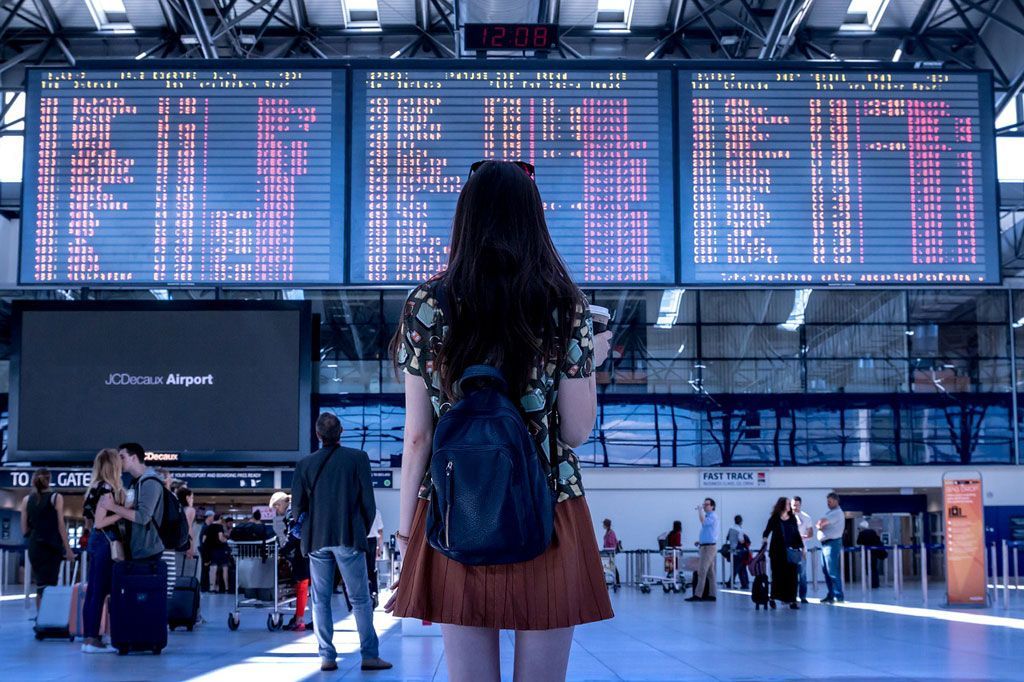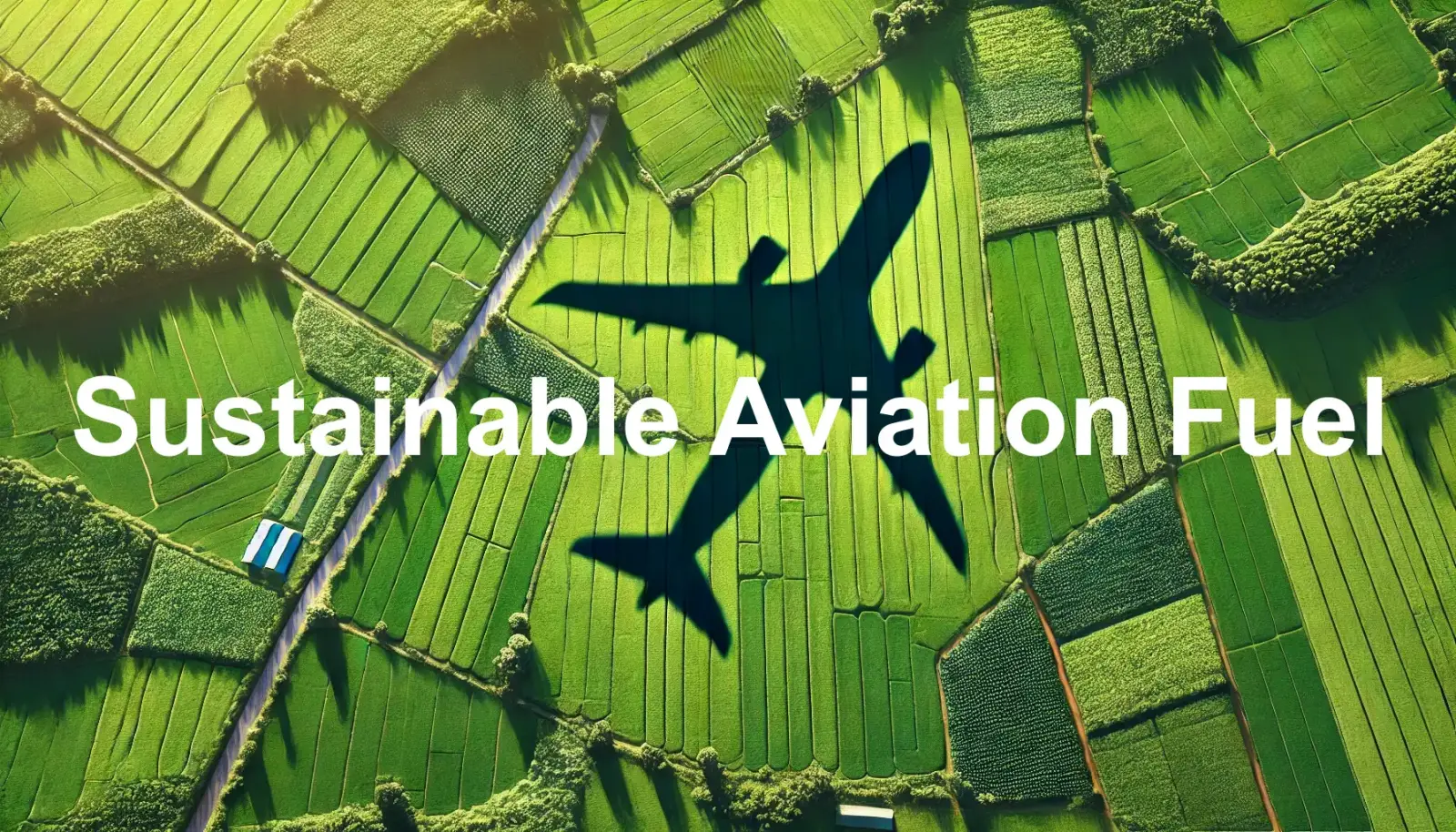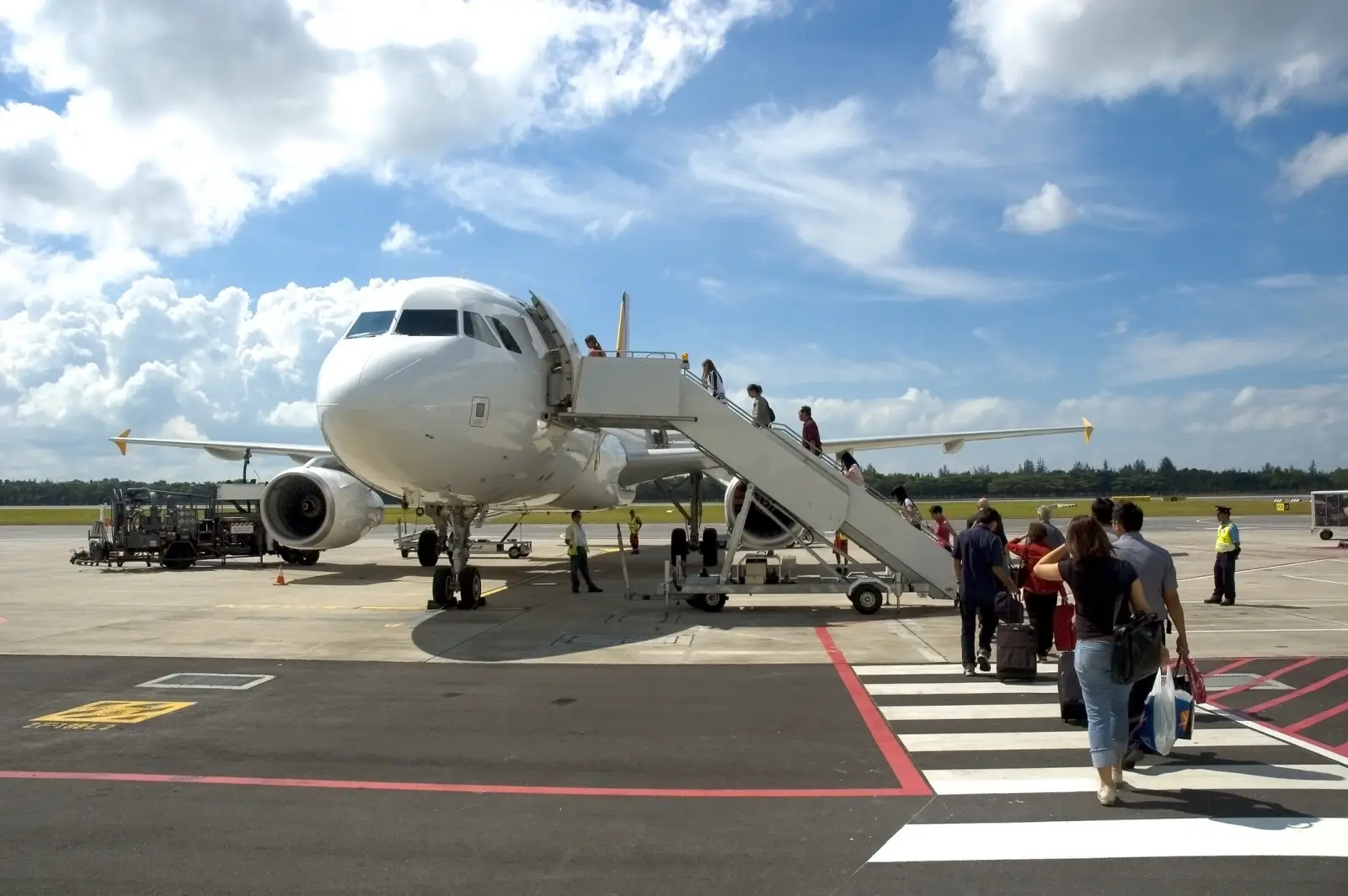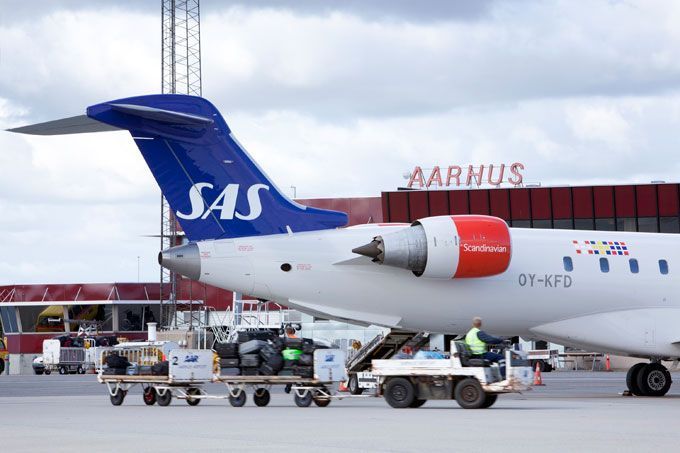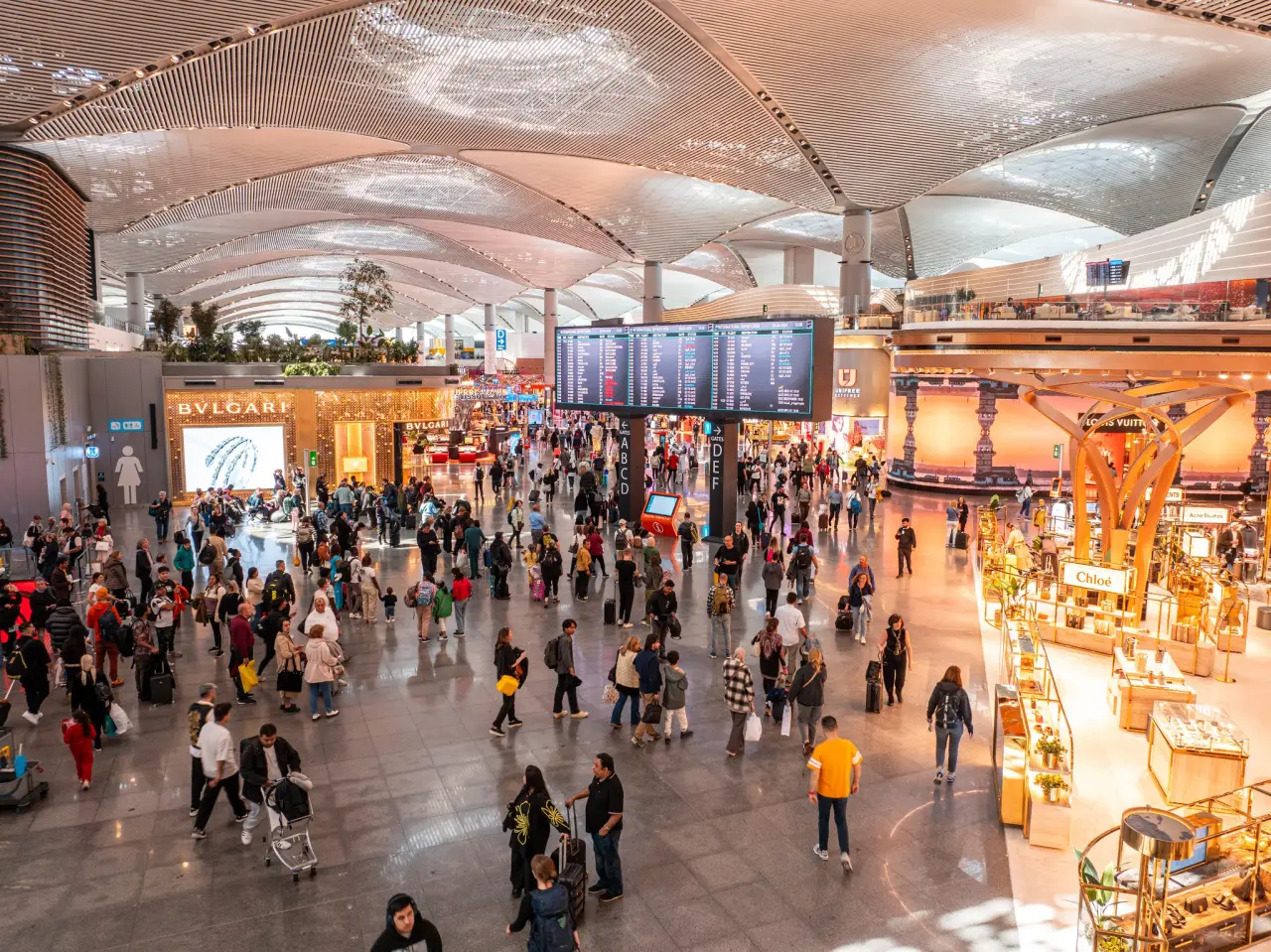At the 41st Assembly of the International Civil Aviation Organization (ICAO), a Long Term Aspirational Goal (LTAG) to achieve net zero CO2 emissions by 2050 is adopted.
The achievement of the LTAG came after intensive diplomacy by over 2500 delegates from 184 States and 57 organizations at the 41st ICAO Assembly.
The achievement of the LTAG will rely on the combined effect of multiple CO2 emissions reduction measures, including the accelerated adoption of new and innovative aircraft technologies, streamlined flight operations, and the increased production and deployment of sustainable aviation fuels (SAF).
The Destination 2050 partners stressed the importance of global political support for the net-zero future for aviation, and called on ICAO and its Member States to work on emissions reduction objectives through a global approach with coordinated policies for the entire sector.
Through Destination 2050, the European aviation industry was the first in the world to commit to the realisation of a net-zero goal for all departing flights. Announced in early 2021, the Destination 2050 alliance and commitment included a comprehensive roadmap based on a clear set of measures to reach that goal. The Destination 2050 partners remain fully committed to this roadmap and call for political support for its four pillars including aircraft and engine technologies, air traffic management and aircraft operations, Sustainable Aviation Fuels and smart economic measures.
Aviation, as a global enterprise, needs climate policies that ensure harmonised approaches for all stakeholders, and to be met by commensurate actions across all regions. In this respect, the Destination 2050 partners praised the long-awaited global agreement at ICAO. They recognised its key role in providing consistency among policies, creating a level playing field, and setting the ground for the necessary regulatory certainty for investment and finance to secure a sustainable future for the air transport sector globally.
“States’ adoption of this new long term goal for decarbonized air transport, following the similar commitments from industry groups, will contribute importantly to the green innovation and implementation momentum which must be accelerated over the coming decades to ultimately achieve emissions free powered flight,” stressed the President of the ICAO Council Mr. Salvatore Sciacchitano.
“Countries have achieved some tremendous and very important diplomatic progress at this event, and on topics of crucial importance to the future sustainability of our planet and the air transport system which serves and connects its populations,” commented ICAO Secretary General Juan Carlos Salazar.
Stefano Baronci, Director General of Airports Council International (ACI) Asia-Pacific said, “As a voice of 127 airport members, operating 618 airports across 46 countries, ACI Asia-Pacific welcomes Governments’ support to adopt the 2050 Net-Zero Carbon goal for air transport. This is a landmark decision for our industry, and this commitment from the States is essential for achieving net zero emission. As we move forward, it is vital that we explore innovative solutions to address environmental challenges, and ACI Asia-Pacific and its airports members and World Business Partners commit to enhance their partnership with all aviation stakeholders in order to mitigate climate change in the Region.”
Willie Walsh, IATA’s Director General said, “The significance of the LTAG agreement cannot be under-estimated. The aviation industry’s commitment to achieve net zero CO2 emissions by 2050 requires supportive government policies. Now that governments and industry are both focused on net zero by 2050, we expect much stronger policy initiatives in key areas of decarbonization such as incentivizing the production capacity of Sustainable Aviation Fuels (SAF). And the global determination to decarbonize aviation that underpins this agreement must follow the delegates home and lead to practical policy actions enabling all states to support the industry in the rapid progress that it is determined to make,”.
Julia Simpson, WTTC President & CEO said: “This is an historic agreement, and we are delighted that countries have chosen a common path towards a net zero carbon emissions goal for aviation. Together with WTTC’s Net Zero Roadmap, the global Travel & Tourism sector is now leading the way to ensure a more sustainable future.”
CORSIA
The Assembly also reinforced its commitment to the Carbon Offsetting and Reduction Scheme for International Aviation (CORSIA) and increased its ambition by agreeing to stabilize emissions of international aviation at 85% of the 2019 level. In agreeing this, many governments emphasized CORSIA’s role as the only economic measure applied to manage the carbon footprint of international aviation.
“The Assembly’s agreement strengthens CORSIA. The lower baseline will place a significantly greater cost burden on airlines. So, it is more critical than ever that governments do not chip away at the cement which bonds CORSIA as the only economic measure to manage the carbon footprint of international aviation. States must now honor, support and defend CORSIA against any proliferation of economic measures. These will only undermine CORSIA and the collective effort to decarbonize aviation,” said Walsh.
Sustainable Aviation Fuel (SAF)
Industry expects SAF to play the largest role in decarbonizing aviation. IATA estimates that perhaps 65% of the mitigation needed for net zero emissions in 2050 will come from SAF. While the industry purchased all one hundred million liters of SAF available in 2021, the supply remains limited and the price far higher than conventional jet fuel.
“With LTAG in mind, state efforts should now be focused on ways to incentivize an increase in SAF production capacity and thereby reduce its cost. The tremendous progress made in many economies on the transition of electricity production to green sources such as solar power and wind is a shining example of what can be achieved with the right government policies, particularly production incentives,” said Walsh.
The Assembly’s outputs include several key areas of support for SAF. These include:
- Requesting the ICAO Council to:
- Facilitate capacity building and technical assistance to states for SAF programs
- Work with stakeholders to define and promote the transition to SAF
- Facilitate access to financing for infrastructure development projects dedicated to SAF to develop the incentives needed to overcome initial market hurdles
- Requesting States to:
- Accelerate fuel certification and development of SAF including feedstock production,
- Accelerate certification of new aircraft and engines to allow the use of 100% SAF
- Encourage and promote purchase agreements
- Support timely delivery of any necessary changes to airport and energy supply infrastructure
- Consider the use of incentives to support SAF deployment
Implementation
IATA emphasized the criticality of effective implementation.
“Governments must not lose the momentum that has driven the outcomes of this assembly. The costs of decarbonizing aviation are in the trillions of dollars and the timeline to transition a global industry is long. With the right government policies SAF could reach a tipping point in 2030 that will lead us to our net zero goal. By the next Assembly the ‘aspirational’ characterization of LTAG must be transformed into a firm goal with a clear plan of action. That means governments must work with industry to implement an effective global policy framework capable of attracting the financial resources needed to put aviation on an unstoppable track to achieve net zero by 2050. There is lots of work to do, and not a minute to lose,” said Walsh.



